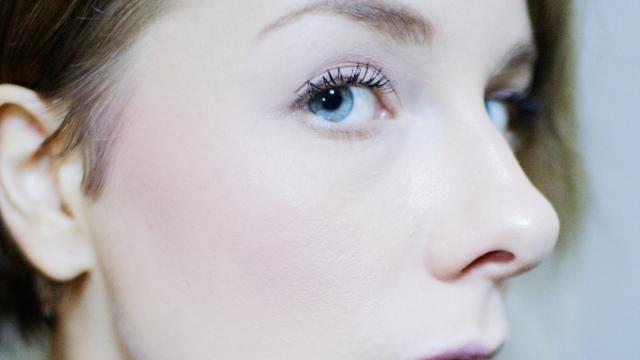Are you in a public place? Look around. Can you tell whether any of the women you see are ovulating, just by looking at them? Neither can anybody else. But several small studies have suggested that men nevertheless find women’s faces more attractive when they’re most fertile. No one knows what signals the men are picking up on.

According to a study that will appear in PLoS One this week, it’s not a change in the colour of their faces. The idea that facial tone could signal fertility isn’t entirely crazy: females in some monkey species use facial flushing to advertise that they’re willing to mate, and humans certainly have big hairless faces with lots of exposed skin. But since pretty much nobody has ever commented on how women change colour over time, if it were true, it would have to be a very subtle effect.
Robert Burriss, a research fellow at Northumbria University and Hannah Rowland, a lecturer at the University of Cambridge, assembled a team to check. Burris has written a nice summary of their methods for Medium. Here’s the quick version: they photographed 22 University of Cambridge undergraduates every weekday over the course of a month, and used Fourier regression to quantify changes in their skin tone over time. They then correlated skin tone changes to the women’s menstrual cycles, as measured by commercial ovulation kits and the arrival of their periods.
They did find a measurable and consistent change in skin colour over the course of a month. Says Burriss:
…like their primate cousins, women do get redder faces at the middle of the cycle as they approach ovulation. However, the level of redness stays relatively high through the remainder of the cycle when fertility is low. Then it dips in the first few days of the cycle (during menses).
This is not the pattern you’d expect for an “I’m fertile!” signal. But it does match the cyclic changes in body temperature that women experience over the course of their menstrual cycle. Typically, women have basal temperatures of around 97 degrees F before ovulation, which rise to around 98 degrees F after ovulation and stay there until menstruation begins.
Congratulations, guys: you’ve rediscovered thermal imaging.
What’s more, Burriss and Rowland also found that while the colour changes are large enough to be picked up by a camera, they’re not large enough to be detected by human eyes. Says Burriss:
It is therefore pretty doubtful that facial skin colour is responsible for the effect of the menstrual cycle on women’s attractiveness. If our species ever advertised our fertility with noticeable changes in facial colour, we don’t any more.
I get the sense that the team was a little bummed out by their results. Being able to say that you’d found an elusive human sexual signal would be quite the coup. But personally, I’m delighted to see a group publish negative data, so we can say that something isn’t so.
[PLoS One, Medium]
Pictures: Maria Morri via Flickr; Rhesus macaques by Christina Gallivan via Flickr
